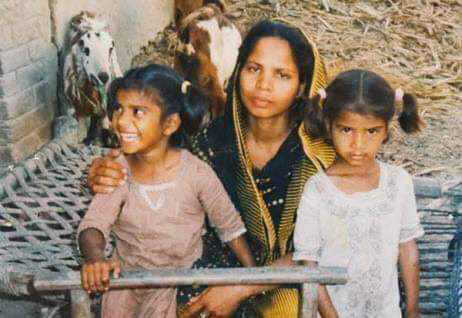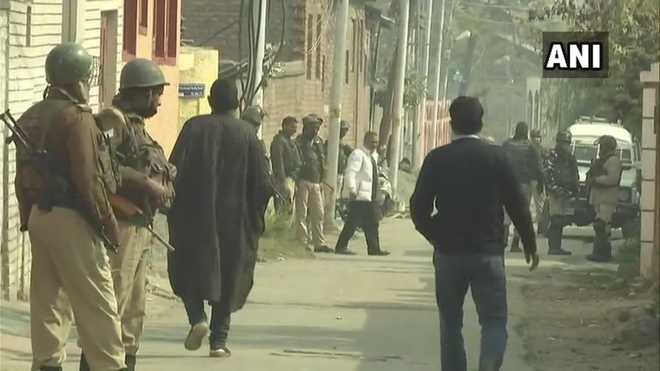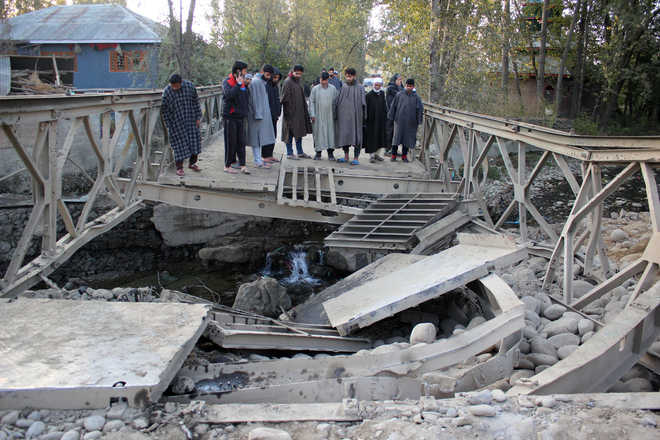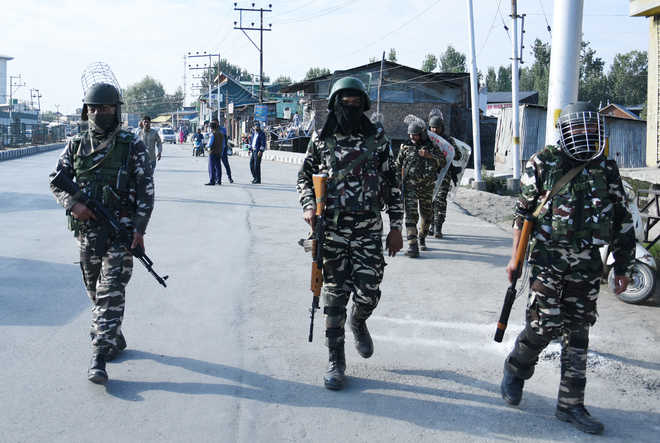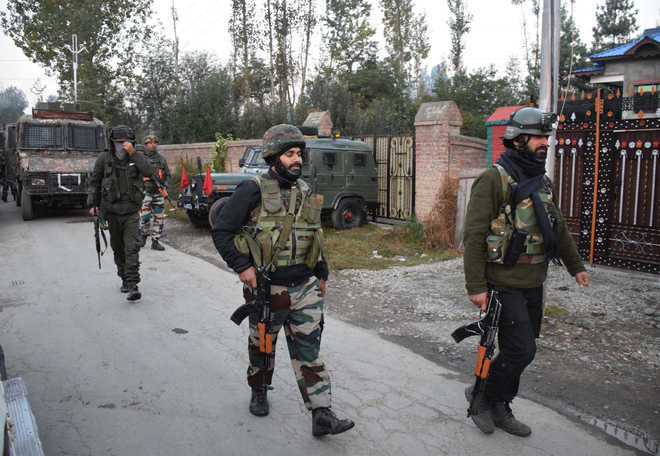Army chief General Bipin Rawat said a mammoth drill is being undertaken to change the complexion and direction of the 1.2 million- strong force and transform it into a deadlier fighting machine fully prepared for future.

“Let me be clear that we cannot fight the next war like we fought our last,” said General Bipin Rawat in an exclusive interview, explaining the significance of the biggest exercise in independent India’s history to restructure the army and why it tops his priorities as army chief.
The mammoth drill, based on four comprehensive studies led by the army’s topmost generals, will change the complexion and direction of the 1.2 million- strong force and transform it into a deadlier fighting machine fully prepared for future wars, Rawat added.
So what’s on the menu?
The army chief said the implementation of the four studies in their totality would reduce troops (by about 100,000), allow the army to tap technological advances in warfare, create integrated brigades that can be mission-deployed swiftly, cut down the size of the army headquarters, improve the army’s tooth-to-tail ratio and enhance career prospects. “We have to change as the nature of warfare is changing. New structures have to be created incorporating modern technology. That’s the way forward. These changes, reforms, will not happen overnight, but they will happen,” said General Rawat, in his first public comments on the restructuring drive.
All four studies have reached the army chief’s desk in his South Block office and the first, Reorganisation of the Army Headquarters, will be sent to the defence ministry for approval soon and the restructuring could kick off early next year. The remaining three — Reorganisation and Rightsizing of the Indian Army, Cadre Review of Officers and Review of Terms of Engagement of Rank and File — will come up for government approval by the middle of 2019, Rawat said. The studies are being validated.
The army chief said he discussed the studies comprehensively with his seniormost commanders at the recently-concluded Army Commanders’ Conference and that everybody is on the same page.
He said a proposal in one of the studies to abolish the rank of brigadier to smoothen career progression did not find favour within the force; the one-star rank would stay, he added. “We are trying to figure out a formula that allows the brigadier’s rank to stay and still leaves room for improved career progression,” he said.
One of the proposals being considered is to promote colonels directly to the rank of major general and those approved for the two-star rank would first be assigned to command integrated brigades as brigadiers before they go on to command divisions as major generals.
“You can call these integrated brigades lighter divisions or heavier brigades,” he said.
The army could cut over one lakh troops over the next three to five years and some of them could be assigned new roles in domains such as cyber, information and psychological warfare, said Rawat.
“It will result in saving money that can be used for upgrading capabilities. A jawan costs the army Rs 6-8 lakh a year, compared to an officer who earns Rs 20-22 lakh annually. Simply put, cutting down four or five officers will help save a crore,” Rawat said.
“And if the army is saving that money, it should come back to it for taking up modernisation projects. We have limited resources. I will call it rightsizing the army to strengthen its capabilities,” Rawat said.
The troop reduction is likely to be achieved through restructuring different parts of the army, including directorates at the army HQs, logistics units, communications establishments, repair facilities and other administrative and support wings. The restructuring of the army seeks to streamline the procurement process too.
“That’s part of the army headquarters restructuring. And it is a very important facet of the restructuring that we are talking about. We are creating structures at the top levels that will help provide the right equipment to the right troops,” Rawat said.
“For example, if the army wants to buy rocket launchers (RL). It is basically an infantry weapon. That means the infantry should get top-of-the line RLs. But if an engineers’ unit wants RLs, that’s primarily for illumination and not for direct strike. So they can also be given a good RL but the infantry deserves the best because of the job it does. The same goes for assault rifles and other weapons,” he said.
Former army chief General Deepak Kapoor (retd) said several western armies had restructured their forces keeping emerging battlefield scenarios in mind and the Indian Army should also explore if such models could prove useful.
“Modern armies are doing away with large-sized formations as future wars will be fought differently. We are talking about space-age weapons, precision targeting, battlefield transparency and other critical dimensions of warfare. So we need to examine restructuring issues in detail,” said Kapoor, who was at the army’s helm during 2007-10.
Lieutenant General AB Shivane (retd), who was heading the army’s mechanised forces directorate until last December, said the restructuring exercise was a positive and relevant development but there are some caveats.
“There has to be absolute clarity about the outcomes, which have to be discernible and benchmarked with time. It must also relate to the overall national security strategy framework. And rightsizing must have a tri-service flavour,” said Shivane, who was involved in a study on rightsizing and rebalancing of the army in 2014-15.
The army’s restructuring was kicked off on a small scale last year.
In August 2017, the government announced that 57,000 soldiers would be redeployed in combat roles to sharpen the force’s fighting edge. This was done following the recommendations made by the Shekatkar committee on enhancing the army’s combat potential and trimming its revenue expenditure.
The committee also listed out measures to bring down the budget for meeting day-to-day expenses and making more money available for weapons and equipment.
The restructuring of the army headquarters will see the role of the Director General of Military Training being given to the Shimla-based Army Training Command and Director General of Rashtriya Rifles being moved to Jammu and Kashmir under the Udhampur-based Northern Command.



















































